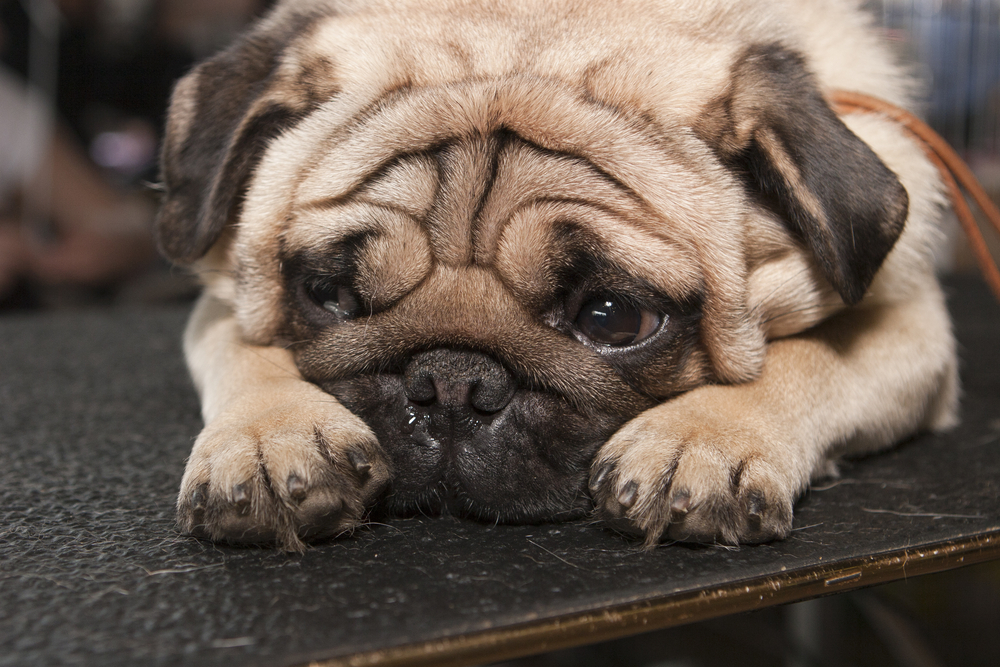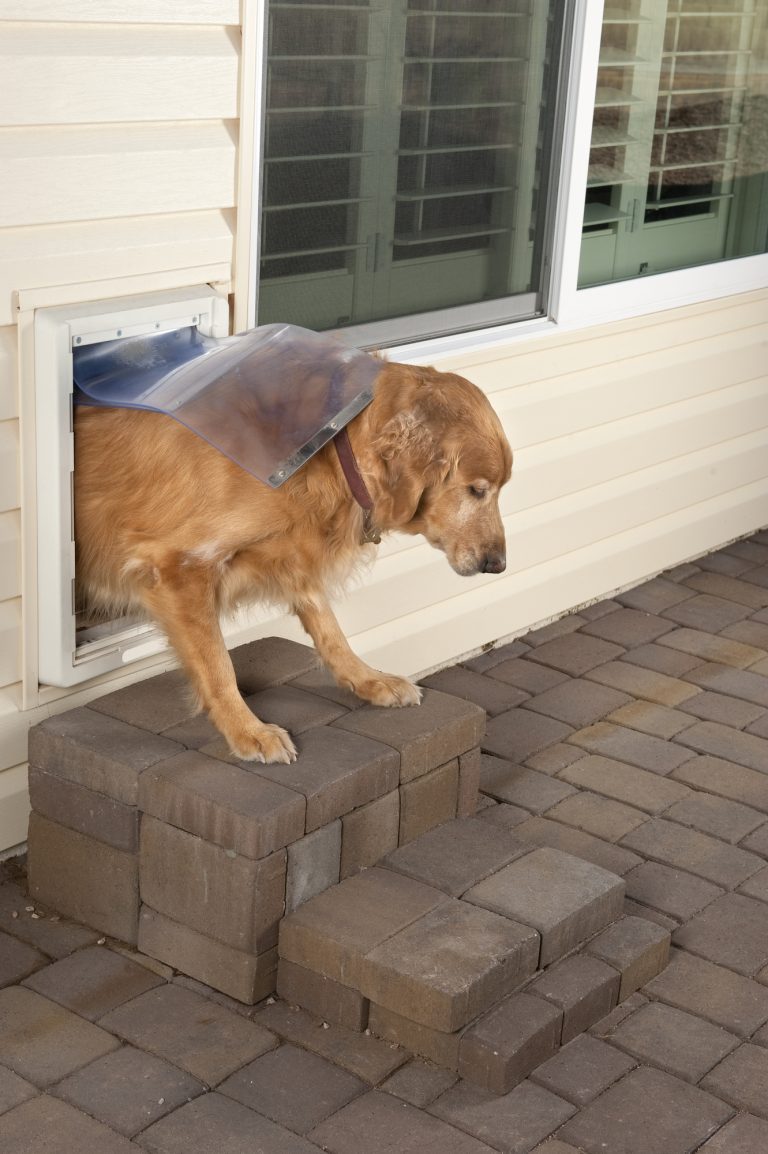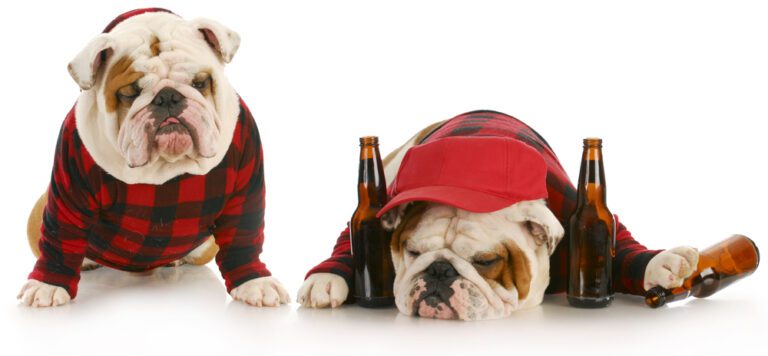How to Tell If Your Dog Is Unhappy?
Dogs get unhappy from time to time. During such moments, you, the pet guardian, will need to help them overcome the grief before it escalates to chronic stress and depression. But, since Fido doesn’t talk, many pet parents will want to know how to tell if your dog is unhappy?
If you are one of those pet guardians who can hardly know when their canine is hurting, here are the typical tell-tale signs to let you know that your dog is unhappy and possible remedies to help your canine overcome the blues.
What makes dogs unhappy?
From hosting an unfamiliar person at your home to relocating to a new house, there are several triggers of unhappiness. Some of the obvious triggers of this uncomfortable event include:
• Altering schedules unexpectedly
• Death of a mate pet
• Absence of the dog guardian
• Lack of attention from the pet guardian
• Little or no exercising
• Punishment
• Undiagnosed medical issues
• Depressed or grieving pet owner
How to tell your dog is unhappy: 7 Common tell-tale signs
Unlike human beings, dogs cannot tell you when they are unhappy. Therefore, it would depend on you to watch for signs of sadness before this supposedly short-lived condition advances to depression.
Some of the suggestive signs to watch out for include:
1: Your dog appears drained
When your dog is unhappy, its body produces high cortisol levels, a hormone that slows down body processes like metabolism. As a result, your unhappy dog will love to spend its time napping on the couch, carpet, or whichever comfortable place it finds.
Besides sleeping, your once-active pooch will walk around sluggishly when called for treats or meals. It will not even have the energy to participate in fun games and any other activity it has been enjoying.


2: Fido withdraws from you and other pets
In typical situations, your dog will spend much time around you. However, when they feel down, these four-legged friends will lose that urge to bond or play around with you and other companion pets in your home.
Instead, your unhappy dog will start spending their time in an isolated place, away from you and other pets. It will prefer crouching in its crate, hiding in a closet, sleeping under your bed, or hiding in any other tight place.
3: Your canine eats too much or too little
An unhappy dog will either overeat or lose its appetite. At the onset of unhappiness, your canine’s body will produce a corticotropin-releasing factor that locks down the desire for food while snowballing the levels of anxiety. Your furry friend won’t even enjoy treats and or even its favorite food.
If the sadness persists, your dog’s body will churn out cortisol, a hormone that hikes the craving for food. In that event, your pup will want to consume more than the usual portion.
4: Disinterest in fun activities
In normal situations dogs love fun and play. They won’t hesitate to play anytime you engage them in some sort of fun activity. But, that wouldn’t be the case when Fido is unhappy, stressed, or even depressed.
When sad, your pup will be too drained to get excited, jump up and down, or get to the door when you get their leash. Instead, the unhappy dog will simply want to lay around lazily, isolated from everyone and might even snap at anyone who becomes a bother.


5: Sudden aggression
Like human beings, unhappy dogs can easily get aggravated easily. They can be cruel to visitors, wreck your valuables, snarl at you, and disobey orders. Scientists link this behavioral change to the reduced serotonin levels, the hormone that cheers up your dog.
While any unhappy dog can get aggressive, this reaction is often rampant on naturally aggressive dogs like Pitbulls, Rottweilers, Cane Corso, German shepherd, Chow Chow, and Dobermans.
6: Howling and whining
Howling and whining is a form of communication for dogs. They whine to capture your attention when they are stressed, separated, hurt, frustrated, hungry, or excited. So, if your dog starts howling and whining suddenly, don’t just ignore it.
Instead, take your time to know if something is stressing your four-legged buddy, and then help it to overcome its problems.
7: Change in sleep patterns
Vets associate lack of sleep in unhappy dogs to one major factor — increased levels of cortisol. This stress hormone will not only rob your dog’s mood and appetite but will also deprive the pup’s sleep. With the loss of sleep, your sad dog will be restlessly pacing, vocalizing, licking paws compulsively, whining, or panting.
7 Ways to help your dog overcome unhappiness
For most of the time, sadness is temporary. Your dog will overcome without any special help from you. Nonetheless, some isolated cases could develop into depression, a hard-to-manage mental issue that can lower your dog’s quality of life.
Since you can hardly tell if an episode of unhappiness will subside or advance to depression, it would be wise to help your dog bounce back from sadness continually. If it is your first time dealing with an unhappy dog, here are ideas to help you manage the situation.
1: Check with your veterinarian
The signs of dog unhappiness are similar to those of severe medical conditions like depression and injury. For that reason, it isn’t advisable to start managing sadness before you confirm that your dog is experiencing the blues.
Therefore, before you start doing anything, see your vet. He or she will run various tests to rule out the possibility of an underlying disorder. After the tests, you can move on to help your lovely four-legged friend to overcome its unhappiness.
2: Help Fido get enough exercise
Adequate exercise is the most effective remedy for unhappiness, stress, and anxiety. Vets report that workouts will stimulate hormones that boost happiness while reducing those that cause sadness.
In fact, exercise is one of the best ways to help Fido get used to a new environment, bond with new people, socialize with other pets, as well as eliminate boredom. It’s also a good chance for you to bond with your furkid and get it to feel more relaxed. Simple exercises like walking and outdoor play will always work effectively.


3: Engage your dog in fun activities
Like exercise, fun activities will support the production of hormones that boost contentment while depressing those that raise stress levels. Therefore, if your dog is unhappy, cheer it up with a tug, swimming, interactive puzzles, and whichever fun activity that your dog loves.
Since your dog’s mental breakdown and fatigue might not let it enjoy fun activities, make sure you don’t force it. You can warm up its mood with cuddling, massaging, or offering treats before you proceed to play.
4: Do not comfort it excessively
Cuddling and reassuring is the most immediate remedy you can offer an unhappy dog. This simple act reduces the levels of stress hormones, thereby helping your dog to calm down. However, while cuddling and massage work wonders, there is a catch.
Overly comforting your dog could reinforce the unhappy behavior. Your furry friend will think that it is okay to wear that sad face whenever it needs attention from you. So, cuddle your dog with moderation.
5: Get another dog
If your dog is hurting after losing its companion or feeling lonely while you are away, get another furry friend. The new buddy will offer some company and share the dog-to-dog affection that you cannot offer.
Nonetheless, your grieving dog can reject the new mate. So, before you get one, prepare your grieving dog psychologically. Don’t just rush into things.
6: Use medications
Workouts, fun play, getting a new dog, or cuddling might fail to work, more especially if your dog’s sadness is already developing to depression. Therefore, if you feel like the non-medical interventions aren’t working, don’t shy off from involving a vet.
Vets will recommend the proper medications to curb unhappiness, anxiety, stress, or depression. You would want to use the prescriptions alongside the non-medicinal interventions to get better and sustainable results.
7: Use soothing toys
Boredom can make unhappiness more complicated. It encourages all the destructive behaviors associated with dog sadness. Perhaps, that’s why experts advise that you keep your dog engaged with exercise and play.
But what if you lack that time to give your dog full attention round the clock, especially when you’re at work? This is where soothing toys for unhappy dogs come in. They will keep your dog busy doing something when you’re busy or at work. As such, your dog will have little time to spoil your property, feel uneasy, or think about your absence.
Some of the great soothing toys that will keep your grieving dog busy are:

Unhappy or stressed dogs love chewing. This instinctual habit helps them calm down in three ways — it relieves pent-up energy, diverts their attention away from stressors, and it keeps them busy. That’s why some sad pups will start chewing any available object nearby.
If you don’t want your dog to chew your valuables, KONG’s classic toy will help. Made from soft but tough rubber, this toy will survive the aggressive chewing associated with unhappiness without hurting your canine’s teeth.
Besides, you can use the KONG classic toy to cheer up your sad dog with fun games like fetch. A hollow cavity that runs through the toy’s center lets you stuff the toy with treats like peanut butter or its favorite food to give your unhappy, tired dog a reason to get up and play.

Made from a soft, comfy material, Petstages comforting pillow will give your hurting dog a soft, warm, and cuddly place to relax. The pillow’s therapeutic comfort initiates the production of oxytocin, the hormone that reduces cortisol and blood pressure.
As such, Petstages will offer your dog a comfy place to relax, as well as well as help it fight unhappiness and stress. It isn’t just a pillow.
Since unhappy dogs can get rough with toys, Petstages made their comforting pillow from a heavy-duty fabric that can endure light abuse. The machine-washable fabric won’t give you a headache when it is time to clean it.

If your canine is hurting due to losing a close furry friend, the SmartPetLove snuggle puppy will replace the lost company. It looks and feels like a real puppy. It has a heat pack to make it warm and a pulsing heart to make it feel more natural.
The materials used on this snuggle puppy are entirely safe for your dog, machine washable, and durable. The toy’s ultra-soft nature will keep your unhappy dog relaxed all through the period when it’s fighting unhappiness. This snuggle puppy has been around since 1997.

Nina Ottoson’s treat puzzle uses a combination of obstacles, steps, and tasty treats to divert your canine’s attention. Instead of whining, destroying your valuables, or sleeping anxiously, your pup will spend its time trying to get a treat out of this treat puzzle.
Nina Ottoson made it from sturdy PVC, a material that will bear chewing and clawing abuse for a long time. In addition, the plastic is free of BPA, Phthalates, and other toxic chemicals associated with PVC. So you can rest assured that this toy is safe for your furbaby.

Pet Zone made this IQ treat ball address unhappiness in four significant ways — combating destructive behavior, reducing boredom, stimulating your dog’s mental agility, and calming anxiety.
With these functions, sadness won’t overpower your four-legged friends or escalate to the destructive behavior dreaded by many pet guardians.
Design-wise, this IQ treat ball has a tiny hole that dispenses treats when your dog rolls the ball. You can adjust the size of the dispensing slot to release treats quickly, or after some serious struggle.
The IQ treat ball’s rugged plastic construction will not give up easily. It will survive the wear occasioning from regular rolling, scratching, and chewing for a long period of time. After use, you can clean it effortlessly in your dishwasher.


Final Thoughts: How To Tell If Your Dog Is Unhappy?
While a dog cannot communicate their feelings, you can easily tell when your dog is unhappy if your bond is strong. You will notice that it gets aggressive, loses appetite, or starts whining excessively. Also, an unhappy dog can isolate itself, lose interest in fun activities, or ignore your company totally.
Since unhappiness can progress to chronic stress or depression, you shouldn’t ignore it when your dog is grieving. Instead use exercise, fun play, soothing toys, cuddling, or stress-relieving medicine to help your canine overcome the situation.







